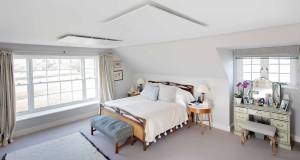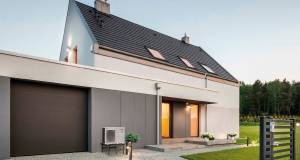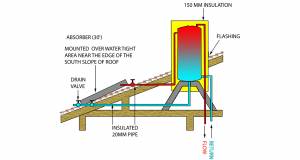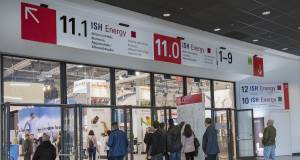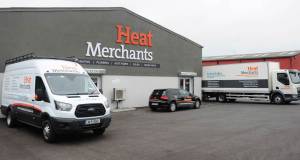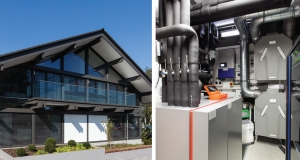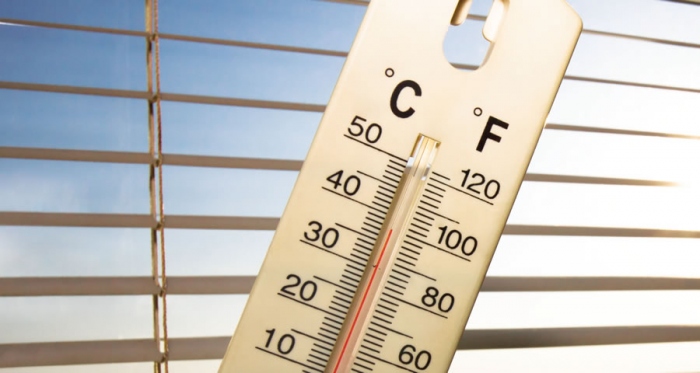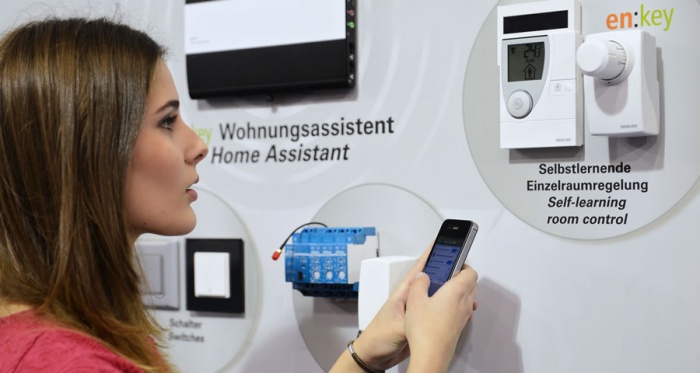Heating - passivehouseplus.co.uk
Panasonic welcomes new Green Homes Grant
Leading heat pump manufacturer Panasonic has welcomed the announcement of £2 billion in funding for the UK government's new Green Homes Grant scheme.
Marc O'Riain: The golden age of solar water heating
Renewable energy technologies are often regarded as new and innovative, but in some instances their roots predate the oil age and go back to the start of the industrial revolution. Dr Marc Ó’Riain finds important insights in past failures of early solar thermal systems.
Internet of Things dominates ISH 2019
Today is the last day of ISH, the bi-annual exhibition for the combined topic of water and energy, which is on at the exhibition grounds in Frankfurt. Titled as ISH, it is the world’s leading trade fair for a range of associated topics, materials and services.
Heat Merchants announces €4m expansion, 75 jobs & CO2 pledge
Heat Merchants Group, the largest suppliers of heating, plumbing and home improvement materials to the professional and retail markets in Ireland, recently announced the creation of up to 75 new jobs in a €4 million investment programme that will see the opening of nine new Heat Merchants branches, and four additional Tubs & Tiles showrooms, over the next three years.
Viessmann installs ice store heating system in Huf Haus
Leading international sustainable technology manufacturer Viessmann has collaborated with high end prefabricated house manufacturer Huf Haus, to equip a UK residential property with first-of-its-kind technology.
Daikin hosts social housing sustainable heating forum
On 20 April the Irish arm of the world’s largest heat pump manufacturer, Daikin, hosted a social housing forum at the Mullingar Park Hotel in Westmeath. Attendees primarily included architects, consultants, and representatives of housing bodies and local authority housing departments from all over the country.
Overheating - a growing threat that mustn't be ignored
As the climates gets warmer, overheating in buildings is likely to get worse — particularly given the modern architectural preference for huge expanses of unshaded glass. But what really causes overheating, is it really worse in low energy buildings, how do passive houses fare, and what can be done to prevent it?
Thermal bridging

U-value alone is a blunt instrument for gauging the thermal performance of a building. Ground-breaking eco architects Joseph Little and Benat Arregi of Building Life Consultancy explain why our increasingly ambitious insulation efforts must involve a rigorous attention to thermal bridging if we’re serious about creating low energy, healthy buildings.
One-off house with a green conscience

Mixing excellent thermal performance with renewable heating, efforts to boost biodiversity and plans for micro-generation, a new timber frame house in rural Cork shows that both appealing design and low environmental impact can be achieved with one-off rural housing.
Increase in energy use in Irish buildings despite recession

Rising energy use in buildings contributed to an increase of 1.5% in overall energy demand in 2008, despite the economy contracting by 3% over the same period, a new report from Sustainable Energy Ireland (SEI) reveals today.
All systems go

Some buildings, by their nature, tend to have larger energy requirements. Occupied around the clock, with occupants who feel the cold, nursing homes are a case in point. John Hearne visited a north Dublin building where a range of different sustainable technologies operate in tandem to deliver the residents’ heating and hot water requirements
Saving grace

The government recently announced a fund of e100 million for energy upgrading Irish houses in 2009, to be divided equally between low income and middle income earners. Focusing on the latter, Jason Walsh looks at the details of the Home Energy Saving scheme and speaks to key figures in the industry to get their views on the ingredients needed to make the scheme a success
Taking control

Buildings that are designed or refurbished to use little energy all too often fail to deliver the expected performance, if the building occupants aren’t able to use the building as intended. John Hearne reveals the crucial role that user-friendly heating controls play in ensuring that a theoretically low energy building delivers the expected results.
Heating need not cost the Earth
If the issue of sustainability is to truly be on the agenda in terms of construction and development, it is nowhere more evident than in how we approach insulation. Recognition of the economic and environmental benefits of properly insulating our buildings is being called for by experts on environmentally conscious construction, such as RTE TV presenter Duncan Stewart
Free Heat
As Ireland struggles to meet its commitments to reducing CO2 emissions in accordance with the Kyoto Protocol, the renewable energy sector continues to flourish as wind farms rapidly develop and solar energy becomes increasingly viable
Clear skies
Construct Ireland investigates what measures the Irish government is undertaking to actively encourage the homeowner to switch to non-polluting renewable energy sources.
Passive Resistance

On Tuesday the 15th of March a passive house, a house that does not need to be heated, was built a few miles outside of Galway. The brain child of Lars Pettersson of Galway based Scandinavian Homes Ltd, it is believed to be the world’s first standardized and factory made passive house.
Heat of the Moment

John Hearne spoke to a number of independent energy experts to develop an impartial view of the main sustainable heating options.

